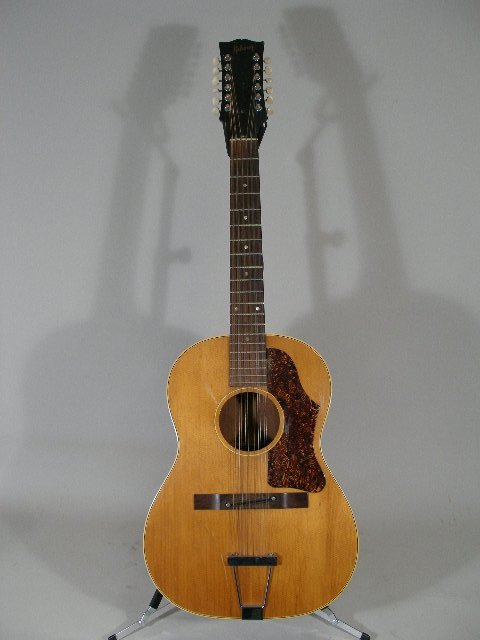One of the guitarists that I have a lot of respect for is Dick Dale. Mr. Dale (or Monsour which is his actual surname) is not just an excellent guitarist and Rock legend and father of surf guitar, but he is also an inventor, animal trainer, a devoted family man and knows more about the business of music than most folks in the industry. I have been fortunate to receive some e-mail communication from him and I can attest to all of this.
Dick Dale started playing Surf Guitar in the 1950’s in Balboa California. He became a local phenomenon. He was a surfer and a guitarist, so it would just make sense to put together the two activities that he loved.
Dick Dale was so successful in California that Leo Fender took note. Mr. Fender provided him with a Stratocaster and an amplifier. When Dale played, he cranked those Fender amplifiers up as loud as they would go. As a result, he kept blowing them up. Either the speakers couldn’t handle the frequencies and blew out or the transformer blew up.
So he took them back to Fender and got a new one which blew up. In fact he blew up almost 50 Fender amplifiers. So Leo sat down with Dick and Freddie Travares to map out an amp that could keep it together. Mr. Travares put together a new amplifier with an 85 watt transformer that would peak at 100 watts.
| Fender Showman with a 15" Jensen |
Next they had to find speakers that could take that kind of playing. Jensens were the usual choice for Fender. But J.B. Lansing made stronger speakers. A Lansing speaker with a huge 15” cone was commissioned by Fender.
The Fender Showman amp was born.
But there was still a problem. The speaker would twist in its frame. The solution was to rubberize the front edge of the speaker to allow it to pulsate in the frame.
 |
| Fender Dual Showman with twin 15" Lansing Speakers |
The new and much louder amplifier was called The Fender Dual Showman.
Dale had another part in Fender history. He didn’t think he had enough vibrato and sustain in his voice and wanted to find a way to enhance it. Dale got the Hammond Reverb unit out of an organ and took it to Leo Fender. Together they came up with the stand alone Fender Reverb Tank.
Mr. Dale sang through this, but being blessed with a creative mind he plugged his guitar into the reverb unit and came up with his signature sound. As of today, Dick Dale is still using the original two 1960’s Dual Showman amplifiers with his signal going into the Reverb unit and then split between the amplifiers.
Originally the left handed Dale would take a right handed Stratocaster and flip it upside down and play without reversing the strings.
The thinnest E string would be at the top of the neck and the thick E would be at the bottom. This was advantages to his unbelievably rapid up/down picking style. Fender designed a left handed guitar for him and painted it gold chartreuse sparkle.
 |
| Dick's Stratocaster |
Dale had a “surf switch” added to the middle of the pickguard. This switch turned the neck and bridge pickups on. So Dale could have the following combinations of pickups on while playing. He could have the 3 pickups individually, the neck and middle together at once. He also eliminated the tone control circuit.
 |
| Fender Dick Dale Stratocaster |
At 73 years of age and despite a setback from rectal cancer, Dale still travels the world with his son Jimmy Dale playing the songs he made so famous.
May God continue to bless him.





























